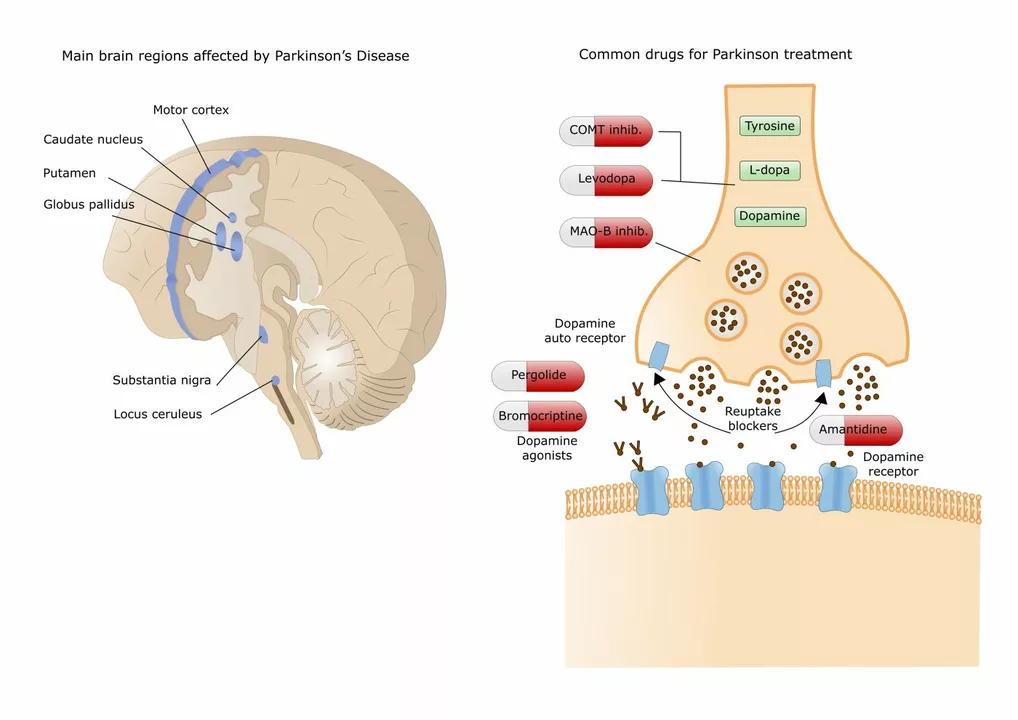Music Therapy: How It Helps and How to Use It
Music therapy is a practical tool you can use to reduce stress, manage pain, improve mood, and support rehabilitation. A trained music therapist uses songs, rhythm, and listening exercises to meet health goals. You don't need to be musical to benefit—music therapy works by engaging emotions, memory, movement, and attention in ways that medicine alone often can't.
Who benefits?
People with anxiety, depression, chronic pain, dementia, stroke recovery, and some developmental conditions see clear improvements. For example, rhythmic cueing helps stroke survivors retrain walking patterns; familiar songs can unlock vocabulary and memories in people with dementia. In hospitals, short music sessions often lower heart rate and anxiety before procedures. Those effects matter when you want to complement medication or speed recovery without extra pills.
How to find and choose a service. Look for a board-certified music therapist or someone with training in clinical music therapy. Ask about measurable goals, session length, and how progress is tracked. If you can't find a specialist, many clinics and rehab centers offer group music activities led by clinicians or volunteers. Online options also exist—teletherapy sessions where therapists guide singing, listening, or music-based exercises.
Try this at home
Simple things you can try at home. Start with structured listening: pick 20 minutes of music that matches your goal. For stress relief, choose slow, instrumental tracks; for energy and movement, pick steady beats at 100–120 BPM. Use playlists tied to memories for mood lifts—songs from a meaningful decade can change mood quickly. Try call-and-response singing with a partner to improve social connection and speech. For movement, march or tap to a steady beat for 10 minutes to help coordination and timing.
How music works with medication. Music therapy doesn't replace prescriptions but can enhance outcomes. It may reduce anxiety, allowing lower doses of sedatives before procedures. It can distract from pain and reduce reliance on short-term pain meds. Always tell your prescribing clinician if you add music therapy so they can coordinate care. If you have mood disorders, combining music therapy with psychotherapy and medication usually gives better results than any one approach alone.
Safety and limits. Music is safe but not always helpful—intense music may trigger memories or increase agitation in some people with PTSD or severe dementia. Monitor emotional reactions and stop if a session causes distress. Hearing issues? Use comfortable volume and consider vibration-based music experiences like drumming or bone conduction devices.
Practical tips to get started. Set a clear goal for each session—relaxation, movement, memory, or speech. Keep a simple diary of mood, pain levels, or mobility after sessions to watch progress. Use headphones for focused listening, but choose live or group music for social and motor benefits. If cost is a concern, community choirs, local music students, and volunteer programs can be low-cost options.
Music therapy is flexible, evidence-backed, and easy to begin. With small, structured steps you can add it to your health plan and see real, practical benefits.
Talk to your doctor or local therapist about including music therapy in your treatment plan.
As a blogger, I recently came across an intriguing topic - the potential of Trihexyphenidyl and music therapy in improving motor function for those suffering from Parkinson's disease. Trihexyphenidyl, an anticholinergic medication, has shown promise in alleviating motor symptoms in Parkinson's patients, while music therapy has been known to help with movement and coordination. Combining these two approaches could potentially offer a more effective treatment option for patients dealing with this debilitating condition. I am eager to explore this topic further and share my findings with my readers, as it could provide hope for those struggling with Parkinson's disease and their loved ones. Stay tuned for my in-depth analysis on the effectiveness of Trihexyphenidyl and music therapy in enhancing motor function in Parkinson's patients.

